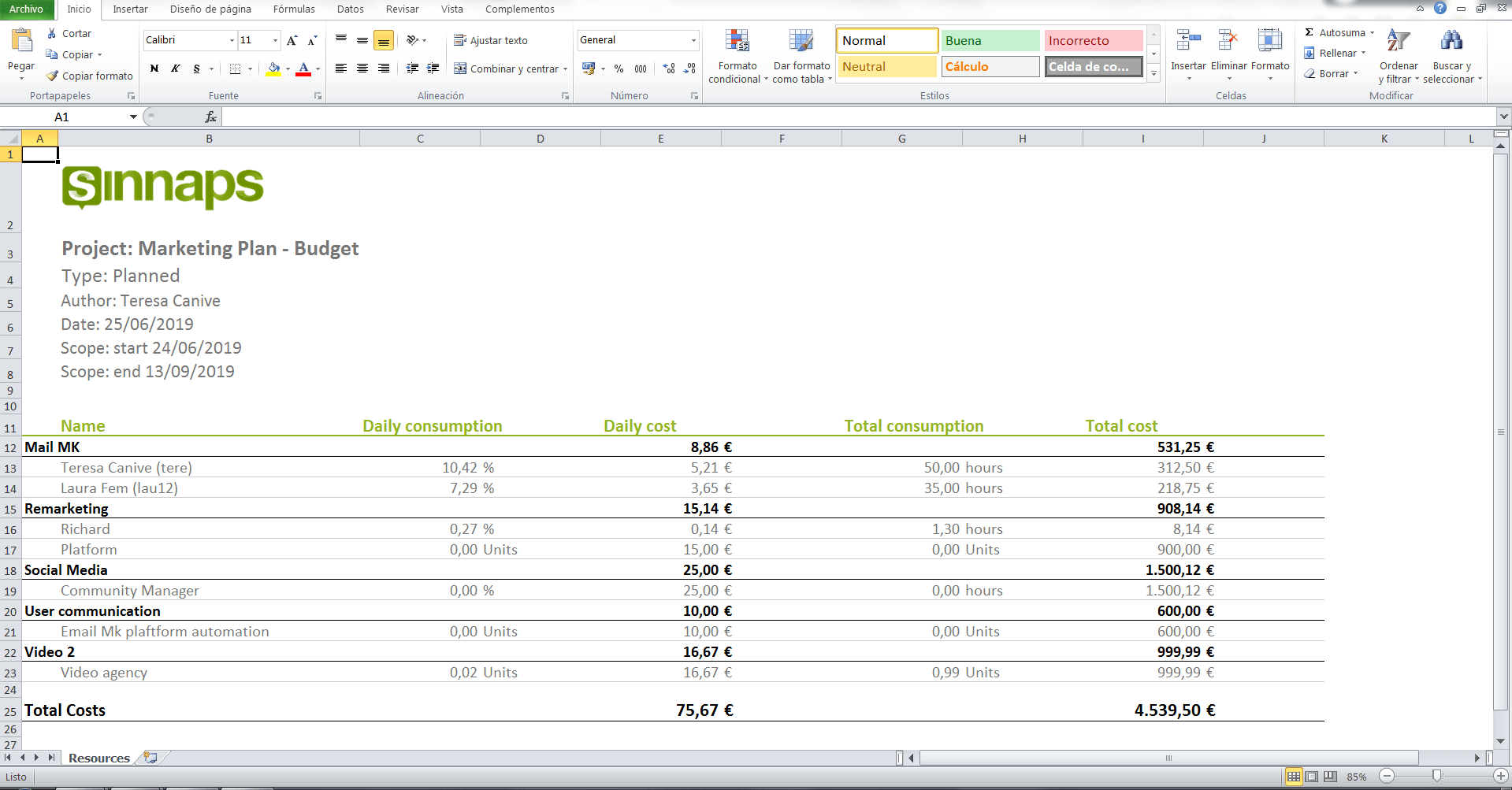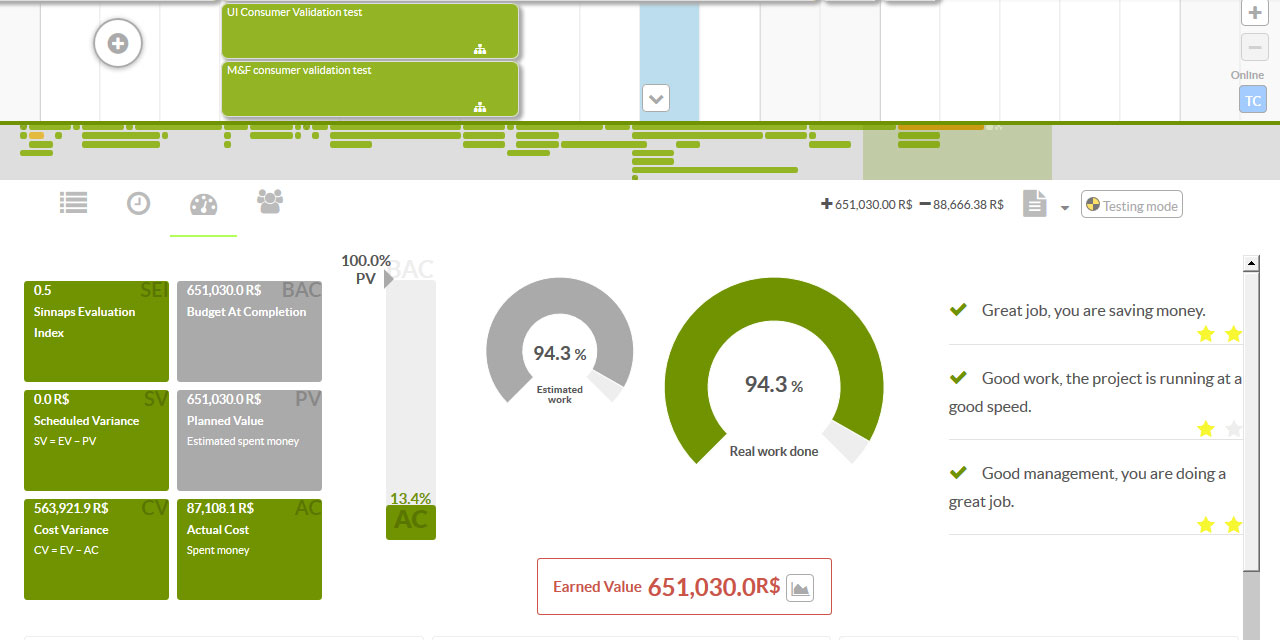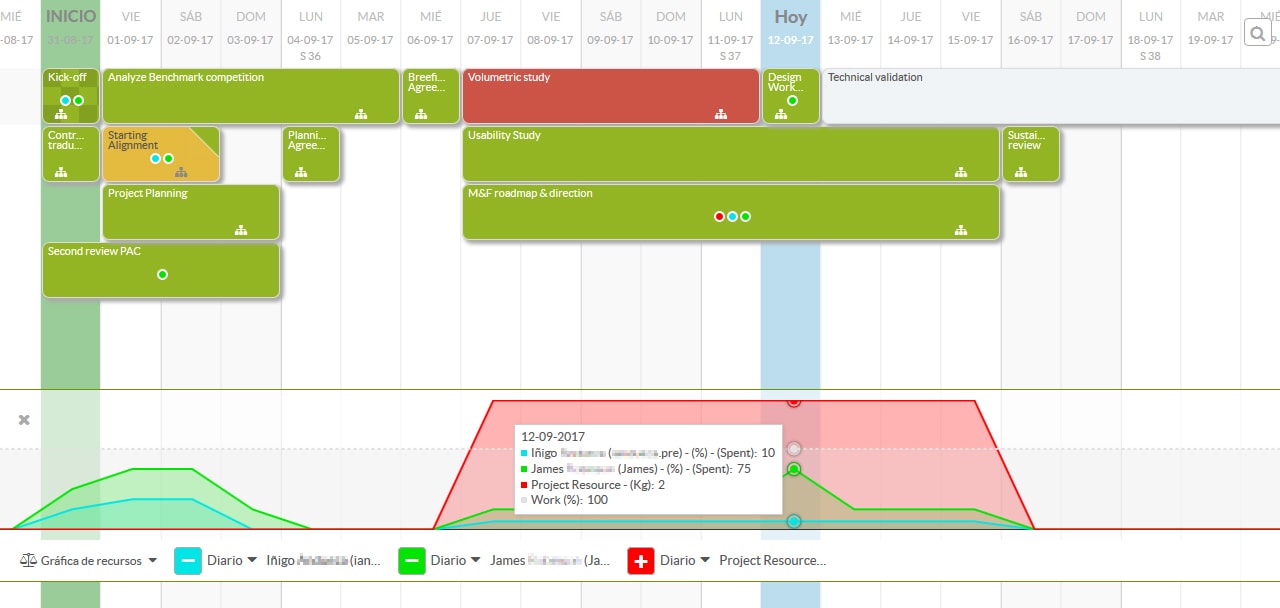Often times, you’ve heard that a project budget plan is an essential document in business and project endeavours, you hear these words every so often, and somehow, you’re beginning to feel intimidated.
Well, to reiterate those words further, project planning and budgeting is very important as it puts together the cumulative cost of all the individual activities, work packages, etc., that constitute a project.
But you’re saying to yourself: “Mine is only a rather very small project. Do I need to prepare budget plans for such small budget projects?”

In this article, we will look at project budget planning, as well as project budget management tools that you could use to develop your project budget plans. For folks who are new to this, we will show you how you can get free project budget templates available on Sinnaps online project management platform as well as how you can leverage all its available tools which will greatly impact your project budget plans.
But before we go delve in to all the intricacies of PMO budget management for project managers, we will first consider why this project management endeavour is so important.
Project Budget Plan
Before you go on to complete a project, you first need to put together the details pertaining to finances as will be expended on the project. This will involve estimates for work packages, payment for materials, manpower, equipment, etc., which gives stakeholders a general idea on what is needed for the project, when it is needed, as well as how it will be spent. Also, the plan will provide a basis for implementing project cost control – this will help you determine if the project is headed in the same direction as was intended, and if not, you could easily take measures to bring it back on track.
Before we go on to see how we can create a project budget plan, lets look at some project budgeting tips that may come in handy:
- Do not work in isolation: While developing your budget plan, you must ensure to receive inputs and contributions from team members, stakeholders as well as other individuals and organizations who are tied to the project.
- Plan for eventualities: Making contingency plans will help you overcome certain unforeseen costs, or delays .
- Understand your resources as well as the costs associated with them: I am assuming you already have a project resource plan which will give you a complete understanding of what they entail, as this will help you plan better.
- Monitor and track your project performance: Using your budget plan, you can conveniently monitor and track your project against the budget, while collaborating with others. Sinnaps makes for a good project management budget tracking software for this purpose.
Project Costing Template in Excel
While a lot of growth has been achieved over the years, with the arrival of online project management software which allow you to do just about anything that has a bearing on project management and business. However, some businesses are yet to adopt the new methods and are still stuck with the tradition methods including but not limited to project costing template in Excel.
With Sinnaps, you can prepare project costing templates in Excel for your Scrum budget planning, or you also use Gantt chart in Excel you simply need to decide what information to include, according to your business, and then tailor your content accordingly.

Example of A Project Budget Plan
Your project plan should contain several important information. An example of a project budget plan should contain the following:
- Activity and resource cost estimates: The first step in creating your plan would be to create an estimate in terms of cost for resources to be used for each activity, including materials and equipment, labour, IT, etc. Since all the skilled personnel who would be working on the project have specific rates for which they offer their services, you could create an estimate based on that.
- Contingency budgeting: In the process of completing your project, you must make funds available to cater for certain cost overruns which may not have been expected. Since every project has some risk of running into an unexpected, but expensive eventualities, then, it will be wise to keep some money away just for the sake of any chance happening.
- Plan for quality: Experienced managers would agree that it is easier to detect and correct problems early in a project lifecycle than it is at a later time. Thus, planning for quality of your project will keep you from a lot of troubles associated with defects in the long run.
- Use EVM to control cost: There are several other ways to quickly and easily underscore the health of a project, and EVM remains one of the best tools for this, as it helps in calculating cost per task activity, allowing you to direct your resources and efforts accordingly.

- Learn to use resource graphs: As a project manager, you need all the resources you can get. Resource graphs allow you to visualize, monitor and control resource allocation, identify tasks and activities that overlap, measure progress of project and more.

When you complete all the above, then you can conveniently begin the process of creating your budget document.
Conclusion
We all agree that Agile budgeting and costing is essential in all project endeavours; whether for small, medium or large businesses or projects, a well-planned project will go a long way to ensure proper use of funds.

